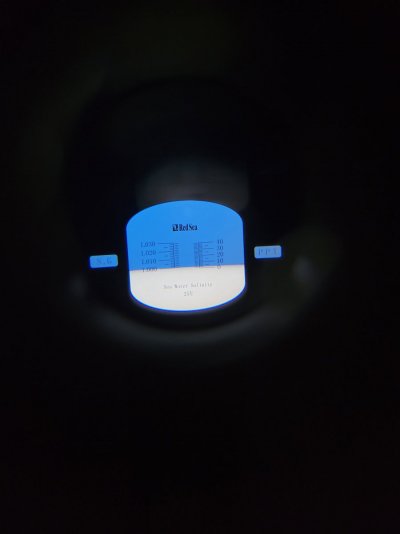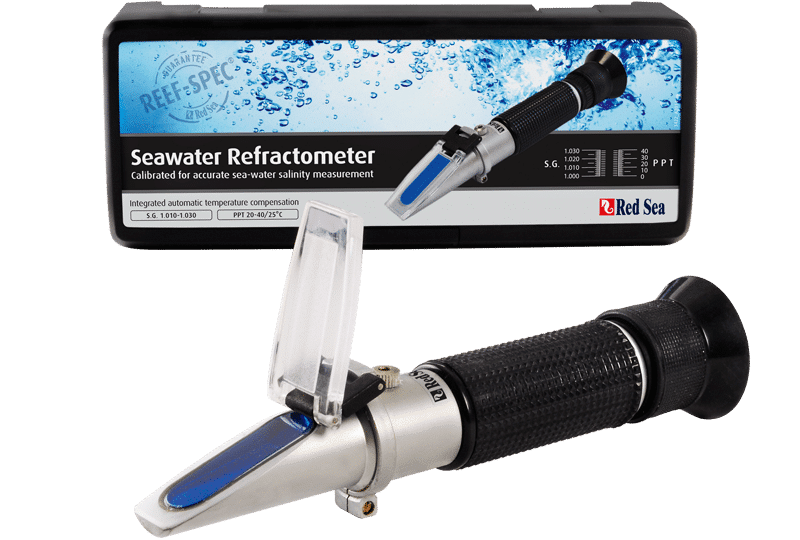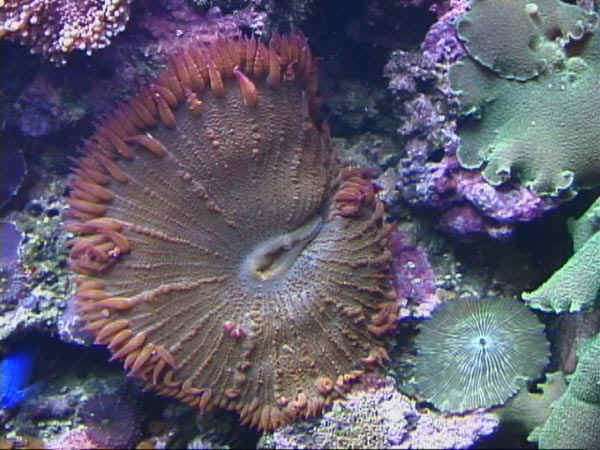The red sea refractometer scale has 1.000 sg equal to 2 ppt. How is this possible? It is not off on my specific instrument, the actual scale on the box is the same. What is more confusing is they have you calibrate it at 0 ppt, which is waaay below 1.000! 1.000 is pure fresh water, you are already started off with a sg error if calibrated this way. How can this possibly work for hypo and be accurate? Red sea has not responded to my email in the time they stated they would, and I am at a loss for words. How can an expensive refractometer from an established company have such a massive simple mathematical error? I have attached a picture of my actual refractometer at 1.000 sg. I will stay out of arguments on how good or bad the red sea refractometer operates as I have a strong opinion on that, just want to know why this is.



















